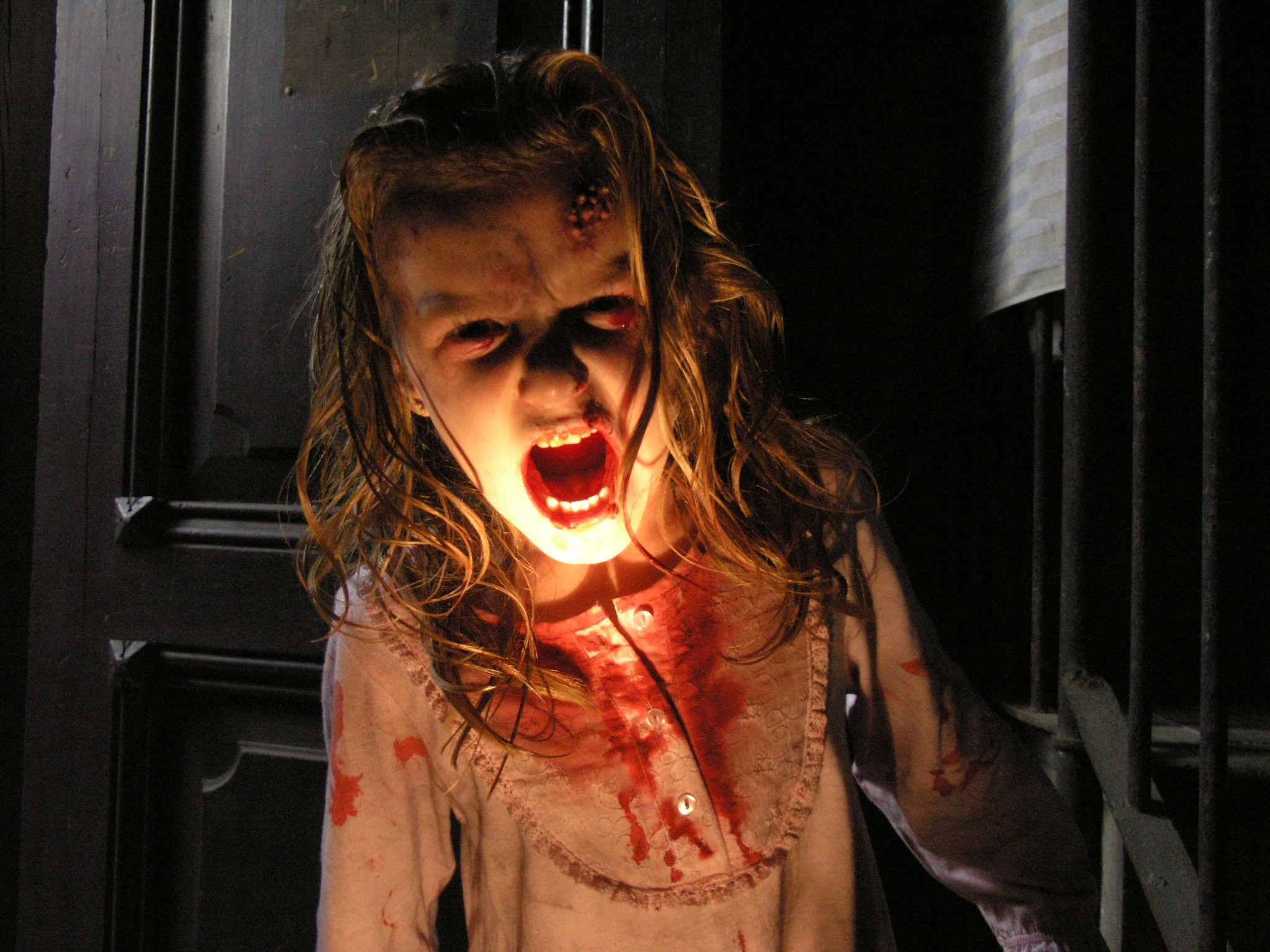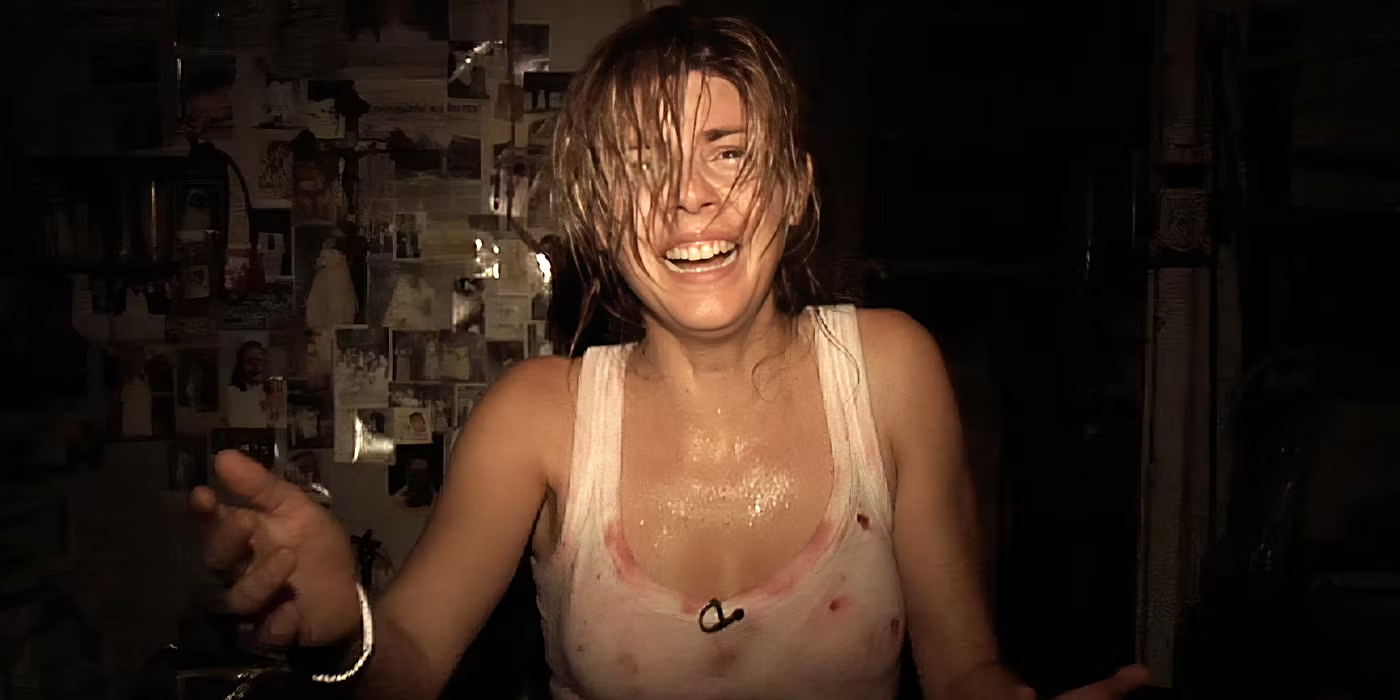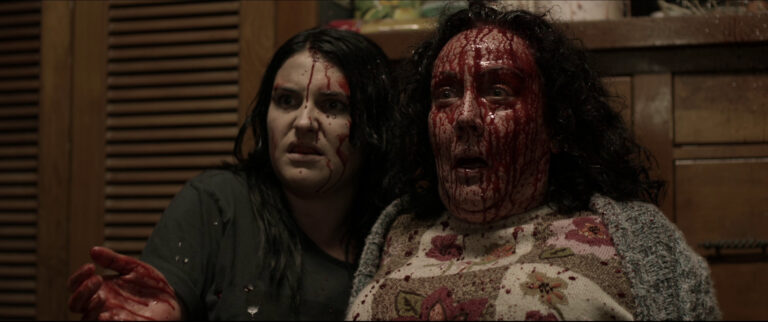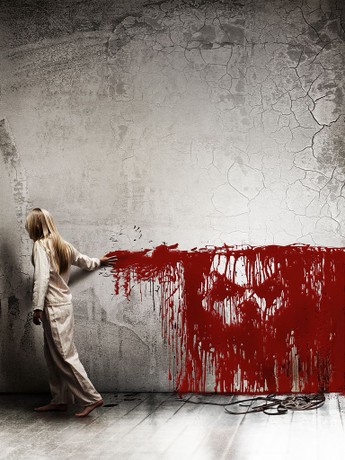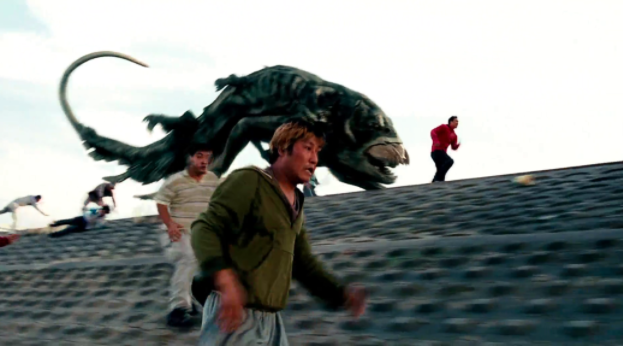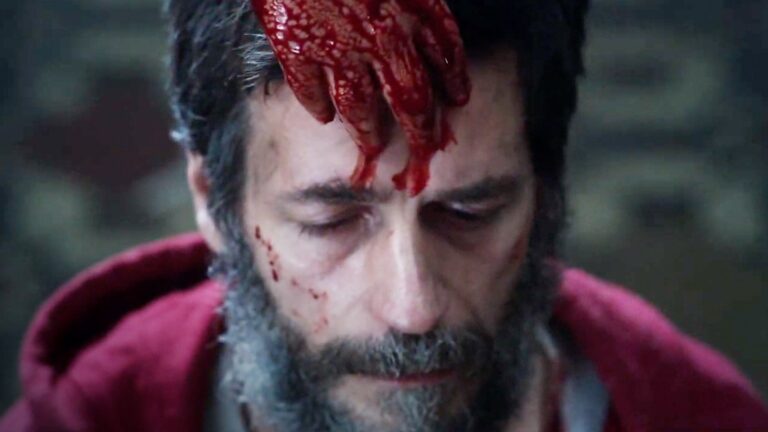Review of REC (2007) – A Blood-Soaked Lens
REC (2007), a found-footage horror film, can be tough to stomach if you’re not used to its shaky, first-person style. As a pioneer of this technique, it sparked a wave of copycat horror films. My first watch left me rattled—the jittery camera grated—but by the end, I was hooked. REC nails the horror genre with a story that, when dissected, reveals surprising depth. The final scene, in particular, unveils a chilling truth: every terror has a root cause.
Story
Ángela, a reporter, and Pablo, her cameraman, visit a Barcelona fire station to film a night-shift documentary for the TV series While You’re Sleeping. After touring the station, the firefighters get a call about a disturbance in an apartment building. Inside, an elderly woman, Mrs. Izquierdo, turns feral, biting an officer. As they try to evacuate him, they learn the military and police have sealed the building—no one can leave.
Panic erupts. Alex, a firefighter left upstairs, is hurled to the ground. Mrs. Izquierdo kills a girl and another officer, forcing Sergio, a remaining cop, to shoot her before she attacks more. Ángela and Pablo interview residents, including a feverish girl, Jennifer, whose mother, Mari Carmen, claims she has tonsillitis. Jennifer mentions her dog, Max, is at the vet. A hazmat-clad inspector enters to test the wounded, and Pablo secretly films a chained victim breaking free, attacking a young cop. The group locks themselves in, and the inspector reveals Max went berserk at the vet, biting other animals before being sedated. Suspicion falls on Jennifer, who bites her mother and flees upstairs. Chasing her, they find she’s infected an officer. Only three remain—Ángela, Pablo, and a firefighter—who flee, only to face Mrs. Izquierdo again. The firefighter bludgeons her with a metal rod, and they scramble downstairs, where a storage room door bursts open with infected. Retreating to a single man’s apartment, the bitten inspector locks himself in, raving. The man suggests a sewer tunnel escape, but the infected inspector attacks him, sparking chaos.
With nowhere else to go, Ángela and Pablo sprint upstairs to a sealed attic room filled with Christian relics and research on a “possessed” girl—a bioengineered creation linked to a hospital, possibly Jennifer’s. Clues point to a Vatican-ordered experiment gone wrong, abandoned by a priest who sealed the girl inside. As they explore, a trapdoor collapses. Pablo climbs up, filming, only to be struck by a boy-like figure. Switching to night vision, they spot a towering, emaciated woman—terrifying and feral—who attacks, killing them both.
Story Highlights
REC’s plot echoes zombie flicks like Zombieland (2009), I Am Legend (2007), Extinction (2015), and Doghouse (2009), prioritizing action and tension over deep lore. The origin of the outbreak—a bioengineered girl—unfolds only at the end, fueling curiosity and making it a standout hook.
Until the attic reveal, Ángela and Pablo are just reporters caught in a nightmare. Their documentary spirals into a lockdown with firefighters as a zombie-like plague erupts. The “crazed old lady” trigger feels abrupt, lacking a clear spark, which muddies the story’s focus early on.
My theory? The intern doctor holding the attic key might tie to the experiment, but there’s no proof linking him to the room’s occupant, so it’s a dead end. The attic’s records, though, tell a darker tale: a Vatican telegram orders the destruction of a “possessed” bioengineered girl. The priest, meant to eliminate her, locks her away instead, unleashing the plague. Was Jennifer her daughter? Were her parents involved? If not, how did she get infected? The timing—possibly World War I or II, given the telegraph and recorder—suggests a decades-old cover-up, masking some logic gaps.
Another layer: the presence of an Asian resident (Chinese or Japanese, implied by a line about eating raw fish) hints at subtle racism. The dialogue feels like a jab, reflecting real-world prejudice that adds unease but goes unexplored.
The Bioengineered Girl
The attic’s notes paint a grim picture: “She is possessed”; “A telegram from Rome demands her death”; “I must erase her existence, a mistake from years ago”; “Special rituals were needed, so I sealed her here”; “If this fails, God help us.” The Vatican’s hand in a failed bio-experiment, meant to be destroyed but merely caged, birthed the outbreak. Unanswered questions—Jennifer’s role, her parents’ ties—linger, but the church’s shadow looms large, grounding the chaos in a haunting cause.
Action and Tension
The cramped apartment setting amps up the survival stakes, making REC uniquely gripping. Unlike most zombie films set in open spaces, this confined hellhole—rare for its era and still uncommon—creates relentless claustrophobia. A wider stage would’ve dulled its edge; here, every corner feels like a trap.
Action, though, takes a hit from the found-footage style. Fleeing and fighting look chaotic, hard to track, and lack punch. The final scuffle before the attic, where a firefighter battles a zombie, should’ve been simple—shove it down the stairs—but instead drags into a clumsy tussle with no clear payoff. I wanted sharp, decisive moves; it feels sloppy, so I rate the action low.
Horror Intensity
The tight space is REC’s horror engine. Surviving in a locked-down building breeds raw fear and tension, keeping you on edge. The attic climax, when night vision reveals the towering, skeletal “bioengineered girl,” is pure nightmare fuel—naked, savage, and unstoppable. You’d rather face the infected mob than her. The shift from a routine documentary to a no-survivors bloodbath feels suffocating, like watching hope die in real-time.
Drawbacks
The found-footage lens, while iconic, has limits. In the final escape, the camera blurs, leaving only screams—no visuals. It’s immersive but frustrating. Distant shots obscure fights, missing the close-up grit I craved. For its time, REC pushed boundaries, so I can’t dock it too hard, but these quirks cost it points.
Overall
REC (2007) is a horror landmark, blending gut-punch scares with a story that rewards scrutiny. Its tight quarters and grim reveal—a Vatican experiment gone awry—make it unforgettable, even if action falters and the camera style irks. Plot holes linger, but the dread is so potent they fade. For horror fans, it’s a masterclass in tension that still haunts years later.

